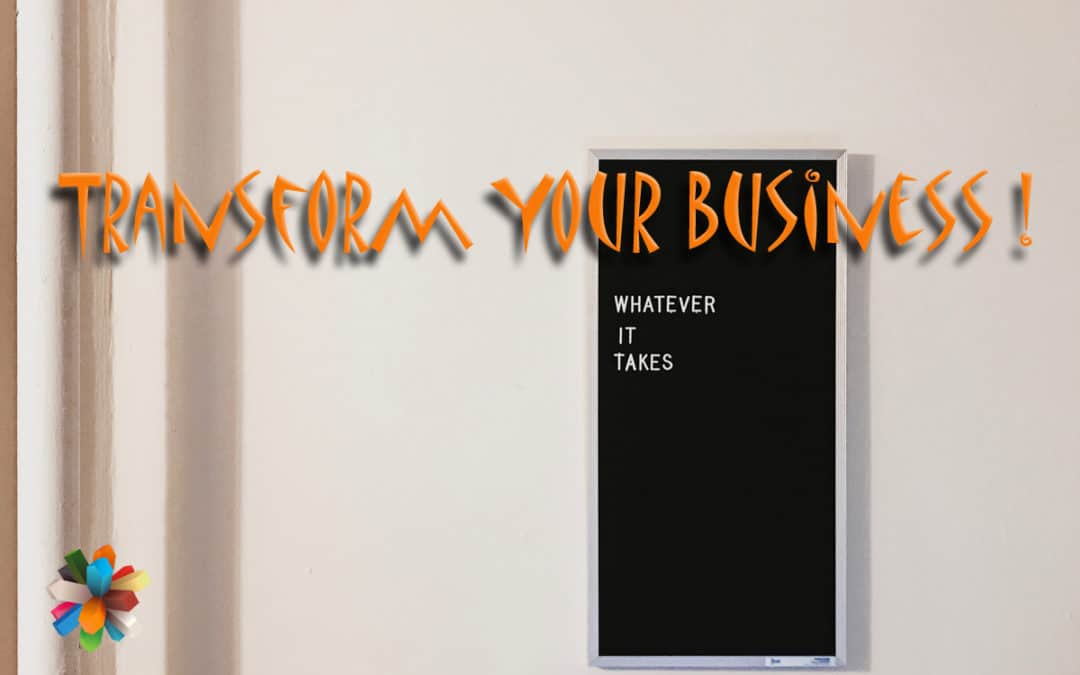Here’s a very quick round-up of how you can achieve what might at first seem impossible.
Are You Doing What You’ve Always Done?
The new normal (whatever that might be) is asking this fundamental question of every business as you address the future. Whether you are running a start-up or have an established operation, the impacts of the Covid-19 pandemic have forced everyone to think hard about what they do.
In many instances it is simply going to be impossible to go back to the status quo. If it is possible, that might not be the right answer to ensure your business has a sustainable future.
Even in times other than the pandemic the questioning ought to be a routine exercise for senior management and business leaders. It’s a pretty basic premise that lethargy tends to ignore the options for change. Then all of a sudden things can come crashing down because the external environment has changed and the normal way of operating simply doesn’t work anymore. Just look at the examples from retail where large companies have almost collapsed or in some cases have actually gone to the wall because they didn’t anticipate change well enough.
Interestingly, some of the small and micro-businesses have actually flourished as a result of being change-adept at this time.
Develop a Vision
That’s so easy to say – but how is it achieved? Well you can start by analysing the root causes of pain that you want to overcome. Then articulate a picture of what the future looks like without them causing their grief. That will at least give you some idea of what things could look like.
I was talking the other day to the director of a charity that runs care homes. They need to drive additional revenues, particularly at a time of uncertainty as to when occupancy rates will get back to anything like normal. His vision was to be able to use the existing skills and resource base to find ways of helping people to care for family members in their own homes. A bit like running takeaway rather than a sit-in restaurant. The service has to go to the user not the other way round.
Even a simple restatement of how things are going to be can work wonders for thought processes. Don’t keep the development of the vision to yourself – get the team involved. That will also help engagement and often throws up more ideas to work on.
Validate Your Ideas
I’m sure you will agree that whatever ideas are produced need validating. That’s one of the key early stages in getting a transformation onto the right track. Challenging what is being proposed and working out the pros and cons is all part of this process.
Run the Transformation Using Best Practice Steps
If you’ve been following this blog you will know to use best practice steps as the best guarantee of making your transformation work. For more information have another read by clicking here.
 Business Transformation Steps
Business Transformation Steps
Would It Help to Ask Questions?
What you do right now is going to make all the difference. It’s always useful to have someone to turn to for advice. Get in touch and start the conversation. We’ll gladly help you design a template for going forward as part of a free consultation. We look forward to helping you transform in ways that take account of where you are as well as what you do. If you’d like more information, then you can also follow this link.
Rob Wherrett can be contacted at https://robwherrett.com/contact/
© robwherrett.com 2020. All rights reserved
You can also click here to sign up and listen to podcasts on Making Transformations to the Future

Recent Comments